Weaknesses in aviation and tourism infrastructure
The World Economic Forum (WEF) has just released the Global Tourism Development Capacity Index (TTDI) 2024 report using a new assessment method.
Specifically, if Vietnam's tourism development capacity index in 2019 ranked 63/140 economies (reaching 3.84 points), in 2021 ranked 56/117 economies (reaching 4.0 points), then by 2024 it will only rank 59/119, reaching 3.96/7 points in the ranking - down 3 places compared to 2021.
Some pillar indexes dropped sharply in rankings, such as Aviation Infrastructure down 17 places; Sustainability of tourism demand down 24 places. The two new indexes both ranked low: Tourism openness ranked 80; Socio-economic impact of tourism ranked 115.
Notably, tourism infrastructure is the weakest point of Vietnamese tourism, scoring only 2.2 points, ranking 89/119 worldwide .

This year, Vietnam has 5 indexes that have increased in rank, including: Price competitiveness (up 4 ranks); Information technology and communication readiness (up 3 ranks); Tourism infrastructure and services (up 4 ranks); Tourism openness (up 2 ranks); Health and hygiene (up 1 rank).
According to the new assessment framework, many Southeast Asian countries have also dropped in rank this year, such as Thailand down 12 places, Singapore down 4 places, Malaysia down 2 places, Cambodia down 1 place. Indonesia and Laos remain the same rank. The Philippines increased 1 place.
Vietnam ranked 5th in the region, after Singapore (13th), Indonesia (22nd), Malaysia (35th), Thailand (47th).
The TTDI is an upgrade of the WEF's Travel and Tourism Competitiveness Index, published every two years, which assesses 119 economies. This year, the index is based on five main groups (including operating environment; policies and support conditions; infrastructure; tourism demand drivers and tourism sustainability), divided into 17 pillar indicators and 102 component indicators.
Some indicators do not reflect accurately
Thus, in just 3 years from 2021-2024, WEF has adjusted the Global Tourism Development Capacity Index twice, which shows that this set of indexes is still in the process of completion, so it will certainly affect the ranking results of each economy's indexes.
The new index "Socio-economic impact of tourism" of Vietnam only ranked 115/119 economies, according to the Vietnam National Administration of Tourism, is quite surprising.
Because in fact, tourism is a very important economic sector of our country. In the monthly, quarterly and annual socio-economic reports of the General Statistics Office (Ministry of Planning and Investment), the tourism and service sector is often assessed as a bright spot, contributing greatly to GDP growth, creating a driving force to promote many other sectors and fields.
Therefore, the ranking results of this index do not truly reflect the impact of Vietnam tourism on socio-economic development, possibly because WEF does not have sufficient updated statistical data on Vietnam tourism.
Similarly, Vietnam's "Tourism Openness" index ranks 80, in the low-middle group of the world.
This index consists of 4 component indicators, in which "Entry visa requirements" is assessed based on the World Tourism Organization's report on Visa Openness in 2015, which is outdated and does not reflect the recent major improvements in Vietnam's visa policy.
To improve TTDI, the Vietnam National Administration of Tourism believes that in the coming time, the tourism industry needs to coordinate with relevant agencies to provide complete and updated data on Vietnam tourism so that WEF can properly assess the socio-economic impact of tourism as well as our country's visa policy.
With Vietnam's outstanding strengths, high-scoring indicators such as price competitiveness, natural resources, cultural resources, safety and security levels, need to be promoted.
At the same time, strengthen the conservation and promotion of unique values of cultural heritage and natural landscapes in localities.
For some indexes that have dropped significantly, such as the "Aviation Infrastructure" index (down 17 places), it is necessary to recommend that the aviation industry continue to improve passenger transport service capacity, improve service quality, increase supply capacity, expand flight network, and reduce airfares to meet the needs of tourists.
To improve the "Sustainability of tourism demand" index (down 24 places), the tourism industry needs to develop more tours and attractive tourism products so that international visitors can increase their length of stay in Vietnam.
Diversify products to meet year-round tourist demand to reduce the seasonality of international tourism. Develop new and secondary destinations to reduce overcrowding at some key tourist destinations.
In particular, with some inherent limitations that have existed through many reporting periods such as the "Health and Hygiene" index (ranked 81) and "Environmental Sustainability" (ranked 93), there needs to be strong and decisive participation from localities in implementing measures to ensure environmental hygiene at destinations.
At the same time, continue to promote indicators in the high-average group with much room for growth such as: "Non-entertainment resources", "Human resources and labor market", "Readiness level of IT and communications"...
In particular, continue to focus on strengthening training and fostering human resources to meet development requirements in the new situation. Continue to accelerate digital transformation in the tourism industry towards forming a synchronous and unified smart tourism ecosystem.
Source: https://vietnamnet.vn/xep-hang-canh-tranh-tut-3-bac-cuc-du-lich-quoc-gia-noi-ket-qua-chua-chinh-xac-2284670.html


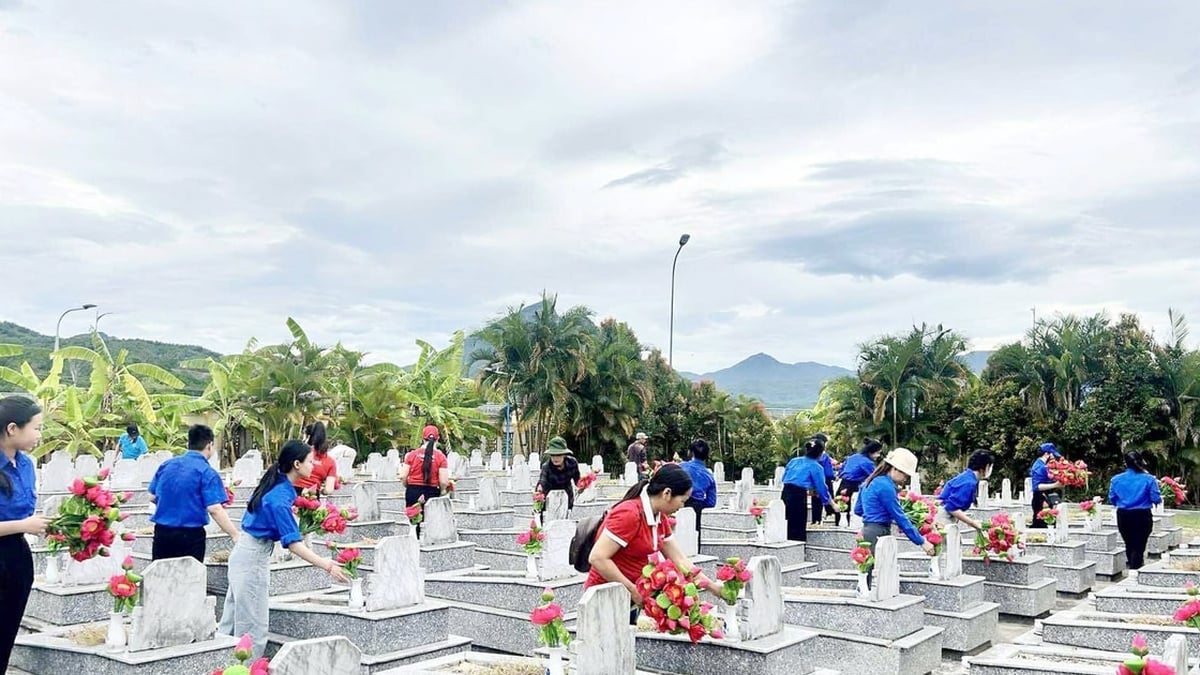



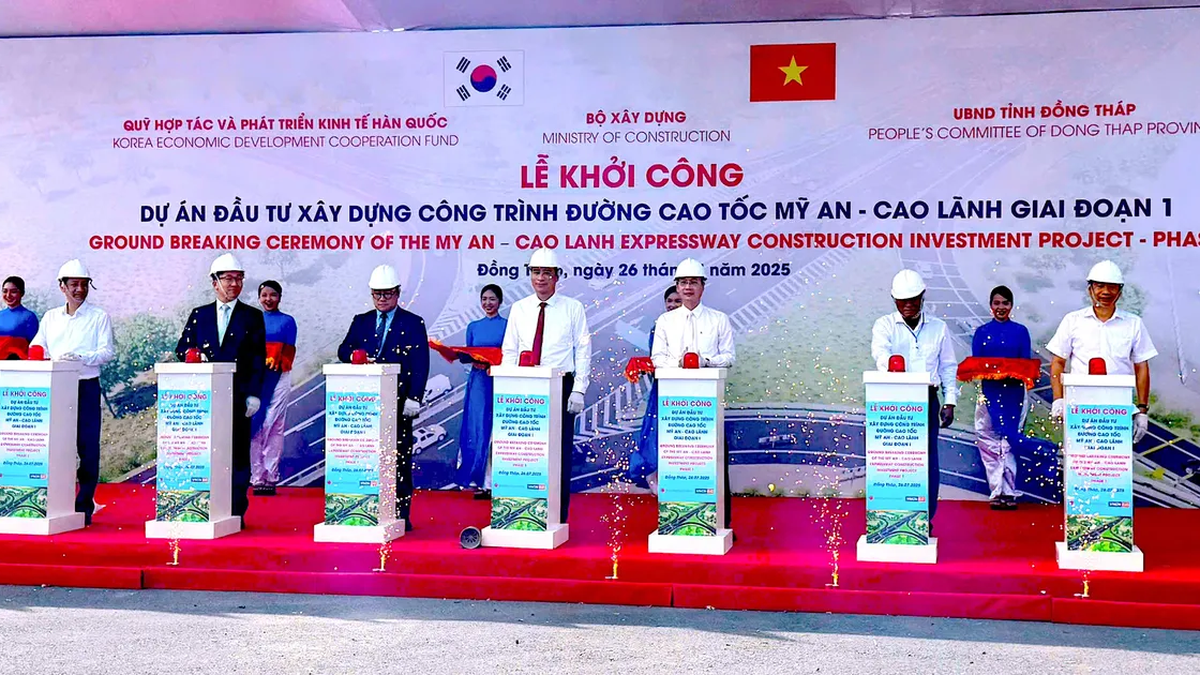
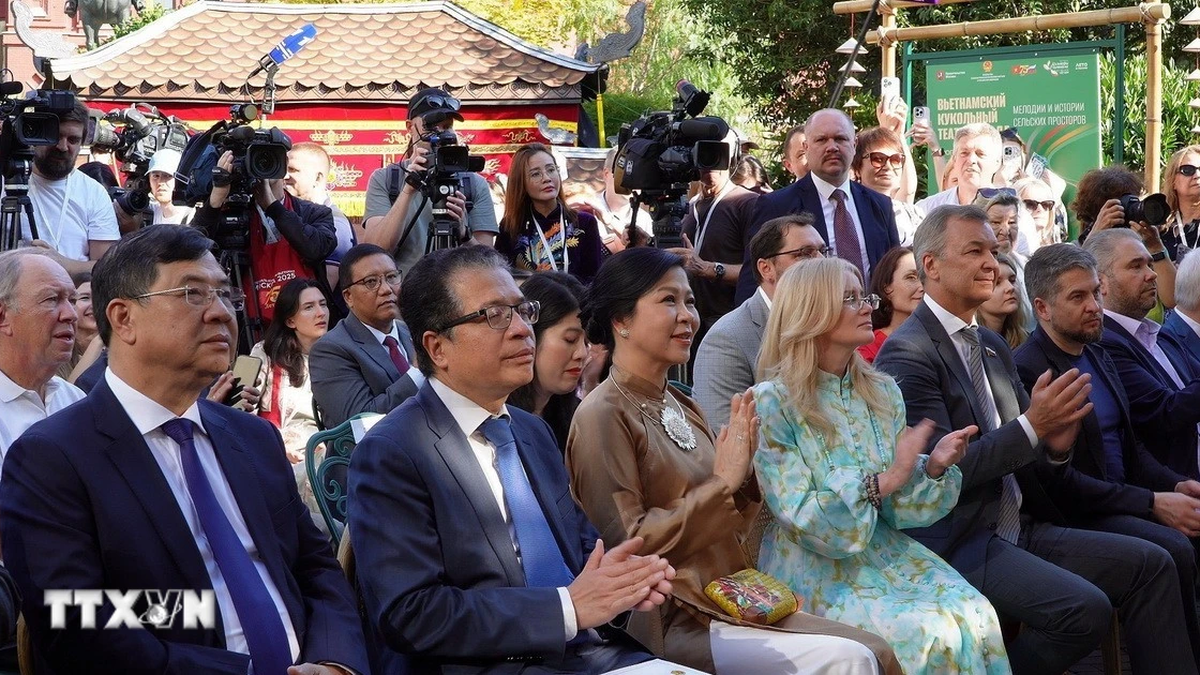
















![[Photo] Signing of cooperation between ministries, branches and localities of Vietnam and Senegal](https://vphoto.vietnam.vn/thumb/1200x675/vietnam/resource/IMAGE/2025/7/24/6147c654b0ae4f2793188e982e272651)











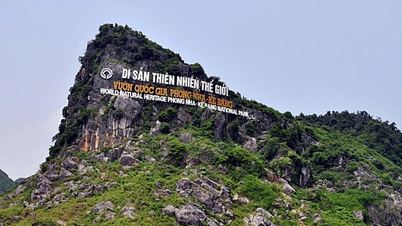






























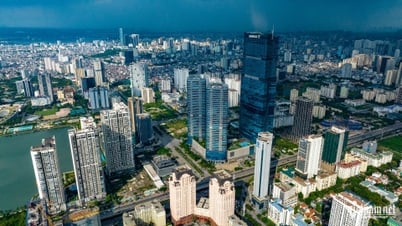
































Comment (0)